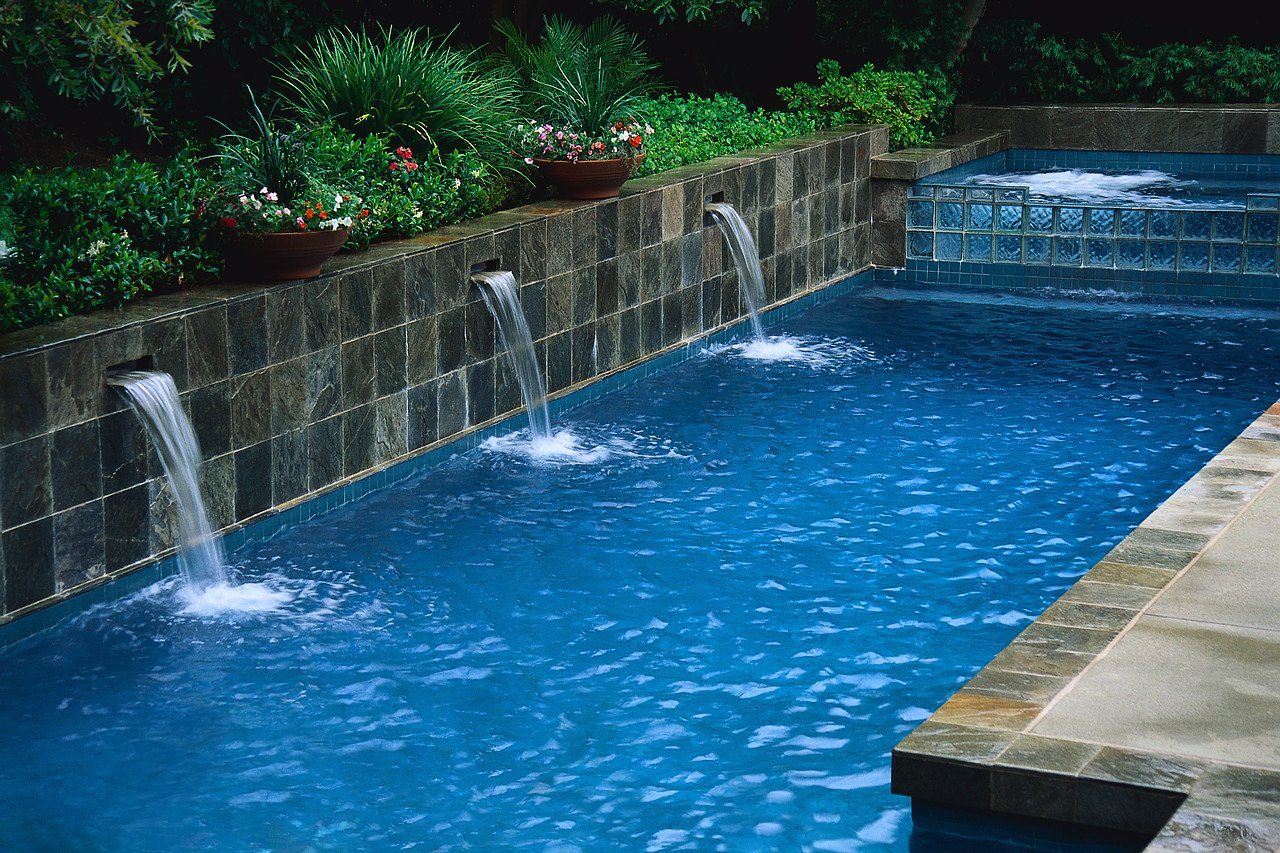POOL DRAINING 101 – WHY, HOW & PRECAUTIONS TO TAKE
Of course no one would even entertain the thought of having an empty pool in their home. In our human nature, we would rather see them full, safe, and healthy for our own enjoyment anytime we want. But the thing is, sometimes draining if completely is necessary. Now, being your most trusted pool care service provider, when it comes to draining your pool, we would like to make sure that you are making the right call, and that you are doing it the right way.
Reasons to drain your
pool
Poor water quality, which may be due to high levels of cyanuric acid or an excess of Total Dissolved Solids (TDS), is one of the main reasons why you would require to drain your pool.
It’s necessary to drain a pool, either completely or partially, after every 3-5 years – even with proper pool care.
Yes, with proper pool care, one may not see any reason to drain a pool or may not think it’s necessary, but the truth is, there are a number of reasons why you might need to do it – partially or completely.
So, as we mentioned earlier, the overabundance of TDS (total dissolved solids) is the main reason why many pools need to be completely drained. The reason being, TDS increases your pool water slowly over time, which leads to the loss of the ability to balance the water once the water gets to 2500 ppm. When you see this, probably your very first response would be to add more chemicals, right? Well, that won’t solve the problem. The reason; depending on the chemicals you typically add and the quality of your pool water, there comes a point where you will need to drain the pool, somewhere between 3-5 years, due to TDS. So, when it’s time, and then you start noticing this problem, emptying that pool will be the only solution.
We also mentioned that high Cyanuric Acid (CyA) levels in the pool is the other reason why you need to drain it, either completely or partially. So, when this acid builds up in your pool water, it can’t be eliminated by adding chemicals, which means that you will have to drain the pool and then add fresh water into it, which dilutes the acid. I mean, it is the most economical way to reduce or eliminate.
The other reason might be when doing pool repairs, or when
resurfacing or repainting it.
Before you drain your pool
- You need to check with the local municipality, asking them where and when it is ideal for you to drain the pool water. The reason for this is that most cities and towns have ordinances in place restricting the discharge of water in storm drains. So, you first need to seek permission, and you will be guided on how to go about it.
- Also, you need to put the levels of groundwater in your area into consideration. Higher groundwater levels can make an empty in-ground swimming pool to pop-out from the ground. So, if this is the case in your area, then it will be better if you only drain the pool partially.
- If yours is a fiberglass or in-ground vinyl liner swimming pool, never attempt to drain it completely. The reason being, doing so could interfere or damage the pool liner or surface in the form of cracking or bowing. With types of pools, what you need to do is to partially drain them, ensuring that you complete the partial drains by at least one-third at a time.
- Prior to draining, you need to eliminate the trippers from the pump and pool light.
DIY TIP: if it’s possible, drain the pool whenever the outside air temperature is less than 85 degrees. Spring is generally an ideal time to drain a pool.
How to drain your pool
To be able to drain a pool safely, there are a number of things that you need to keep in mind. First, you should never drain your pool using the pool pump. Doing so will inevitably pull air into the suction line, making the pump lose its prime, which will end up burning or damaging the pump altogether. Secondly, always purchase or rent a submersible pump which you will use when draining the pool. Thirdly, remember to turn the power to the pump and pool light off during the draining process.
Once you drain the pool completely, you can utilize a garden hose to refill it, which will take about 14 to 16 hours for the pool to be full.
DIY TIP:
to fill the pool quicker, utilize two hoses if you have them available.
After the pool is completely full, test your water to ensure that it's balanced and also apply the required chemicals.
Want help with your pool draining needs? Get in touch with
Tony’s Pool & Spas
through
818-538-2233
and we will gladly offer you all the assistance you may need. We are here for you!








